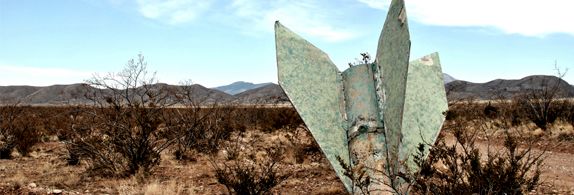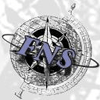
The Panamanian government announced an agreement November 21 between the United States and Panama that could involve the disposal of old chemical weapons in the state of New Mexico. Panamanian Chancellor Fernando Nunez Fabrega told the international press that old weapons will be removed from San Jose Island and buried in the desert of New Mexico in 2014.
“In this way, Panama will be free of bombs without exploding them on the island of San Jose, and this place will regain its tourism value,” Nunez said.
Located in the Pacific Ocean about 50 miles off the coast of Panama, San Jose Island was used by the military forces of the United States, Great Britain and Canada to test and store both conventional and chemical weapons during the World War Two and Vietnam War eras.
The left-over munitions, which could be degraded, include six undetonated bombs possibly containing mustard gas or phosgene, according to Tomas Cabal, general director of anti-terrorism analysis for the Panamanian Foreign Ministry. The bombs weigh between 500 and 2,000 pounds each, Cabal said.
Cleaning up the old weapons of war is an issue left-over from the 1999 Panama Canal Agreement between the U.S. and the Central American nation. Chancellor Nunez said a solution to the problem was reached November 13 in a meeting with U.S. Secretary of State John Kerry in Washington. According to Nunez, his U.S. counterpart pledged Washington would take charge of the weapons clean-up.
“The process of cleaning up the island is costly, and the U.S. government will assume and realize it as soon as possible, according to the agreement,” Nunez said.
The Washington meeting between Kerry and Nunez was followed up by a trip by U.S. Vice-President Joe Biden and his delegation to Panama on November 18.
Reportedly, the U.S. Department of Defense will dispatch a team of six specialists to Panama in order to determine the “fragility” of the weapons slated for removal. Currently, Panama is seeking to be removed from the United Nations’ list of nations possessing undetonated chemical weapons.
FNS asked a State Department source to confirm if U.S. chemical weapons long stored on Panamanian territory would be sent to New Mexico for disposal, but had not heard back from Washington by press time.
Additional sources: El Pais International, November 23, 2013. Article by Jose Melendez, El Diario de Juarez/Notimex, November 22, 2013.
(Photo by Birdie Jaworski)



Responses to “Old Chemical Weapons to New Mexico?”